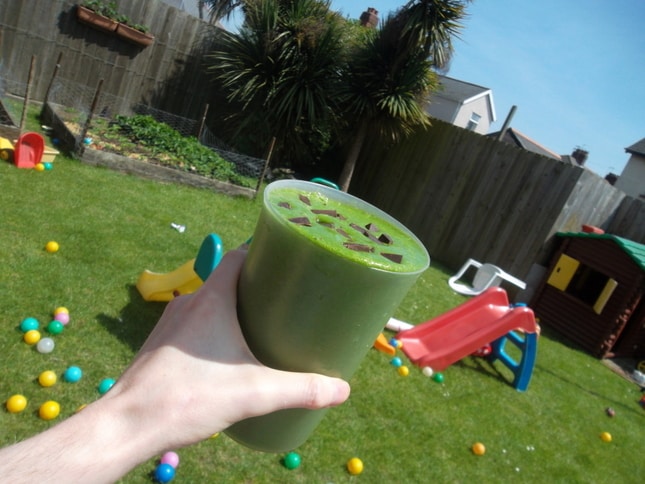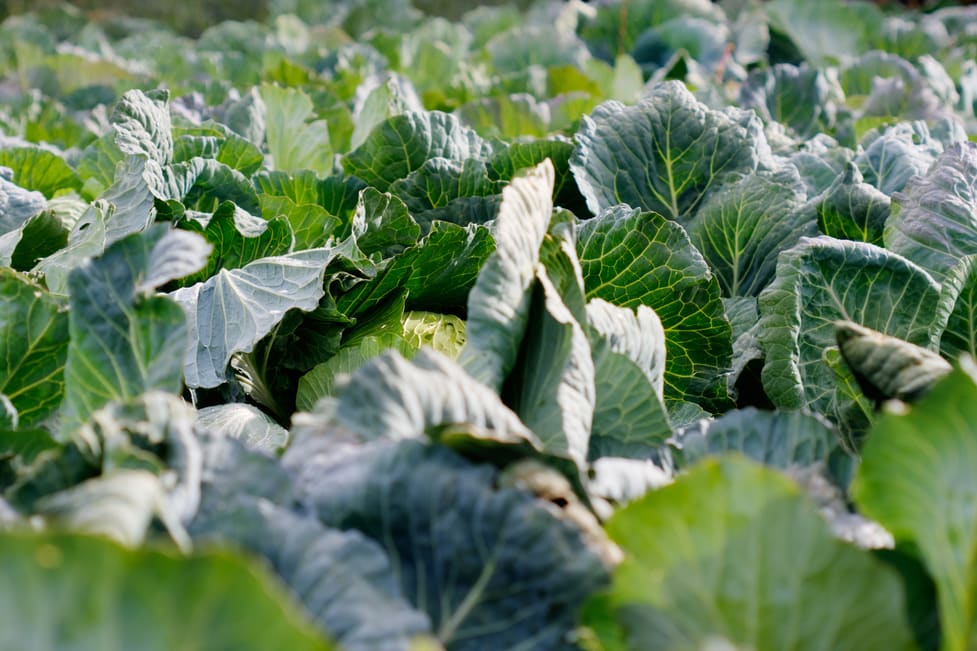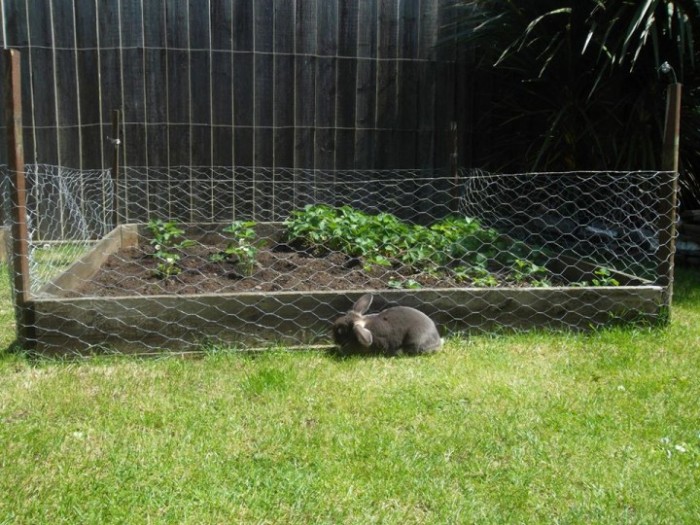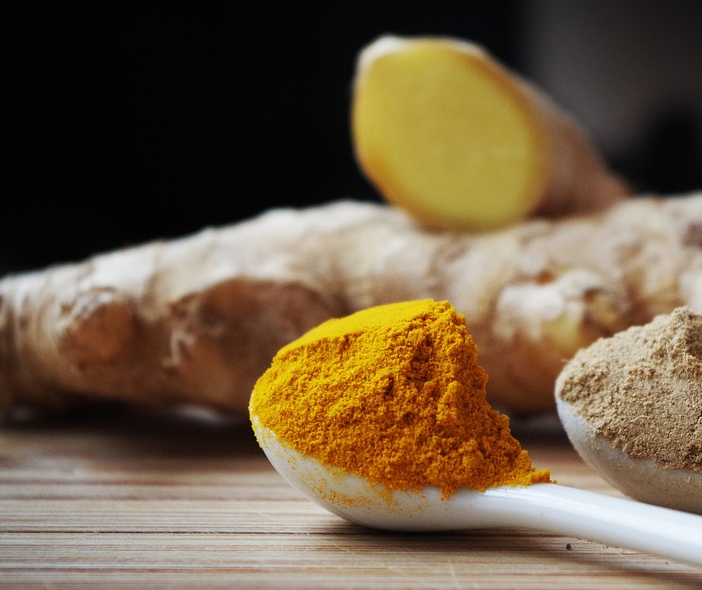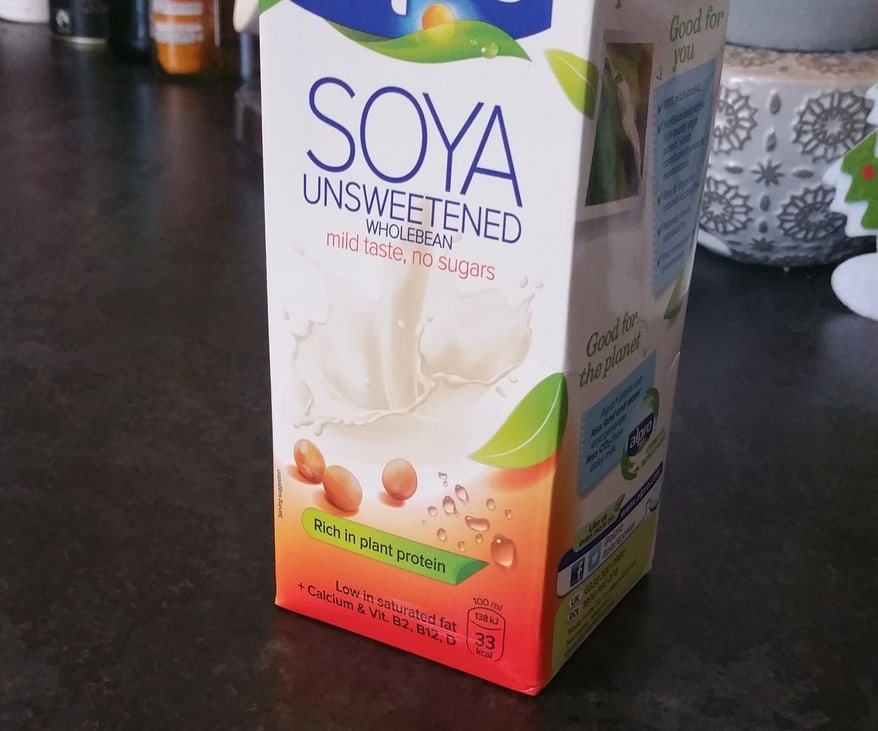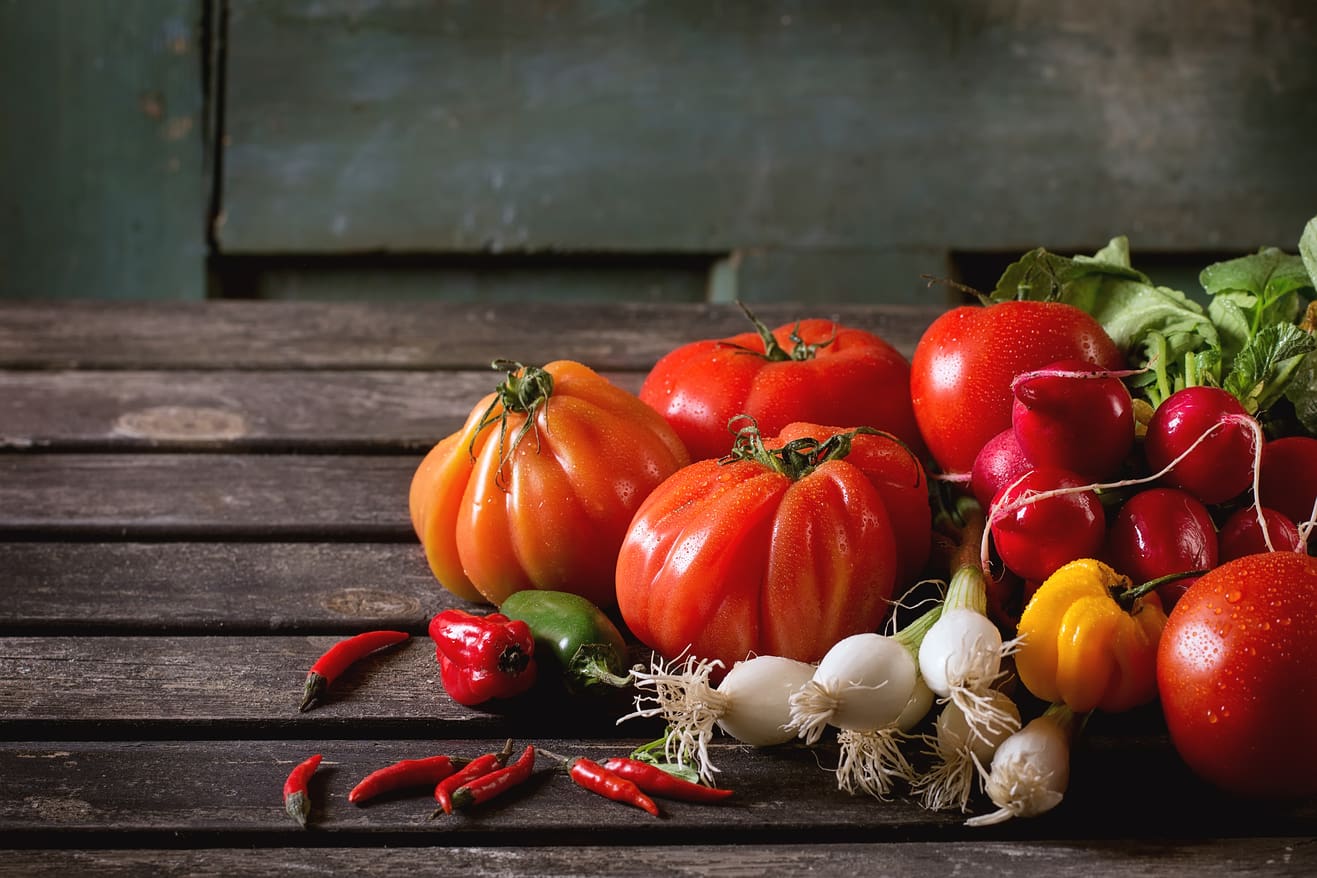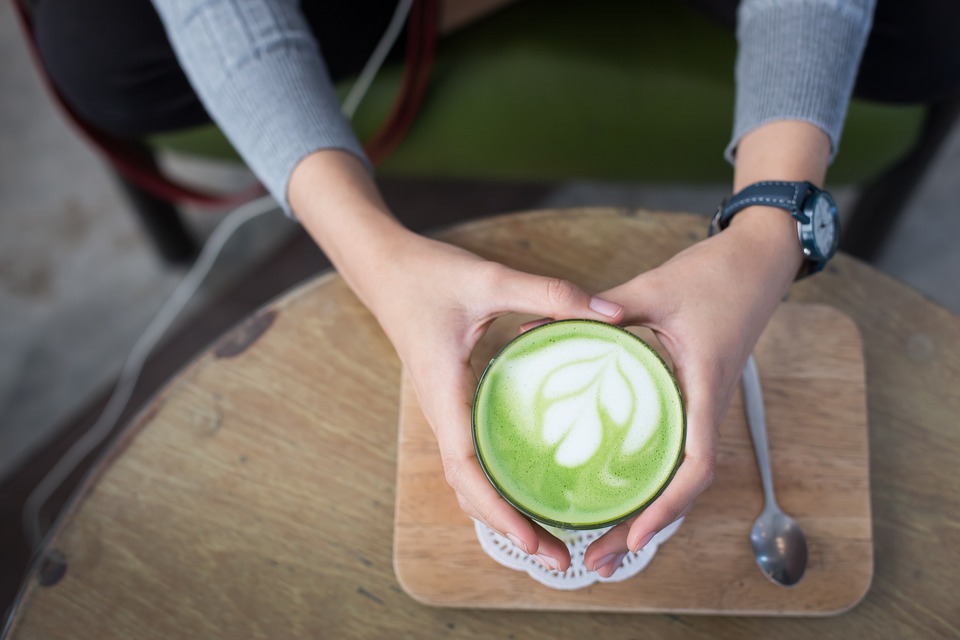Disclosure: This article may contain affiliate links. If you decide to make a purchase, I may make a small commission at no extra cost to you.
Green tea is becoming an increasingly popular beverage to have, especially for those people who are more health-conscious. It’s already one of the most popular drinks in the world, especially in parts of Asia, while the west is only just catching up in the last few years to the delicate tastes and health benefits from drinking green tea. In this article, I will look at which green tea has the highest amount of catechins.
If you go to the supermarket and walk down the tea aisle, you’re probably going to be confronted with a wide selection of teas. Green tea can be bought in powder form, loose tea, and tea bags. And if you don’t like the flavor of traditional green tea, you can choose from a variety of teas infused with mango, cranberry, lemon with honey, among many others. We’re spoiled for choice!
If you’re a bit of a ‘health-nut’ like some of us, then you probably want to also know which tea has the highest amount of catechins and antioxidant-potential. It’s already known that there is a correlation between the ORAC of green teas and their catechin content, but which tea should you go for?
There are so many of them! But if you want to know what my favorite green tea right now is, go over to my review of the PureChimp Matcha Green Tea. I absolutely love it!
So anyway back to what you came here for initially: I did a little digging into the studies conducted on this matter and there have many many brands tested, as well as research conducted on which teas from which country are the healthiest and safest!
What are the main catechins found in green tea?
There are many different catechins found in green tea, the four main ones include:
- Epigallocatechin (EGCG)
- Epicatechin-3-gallate (ECG)
- Epigallocatechin (EGC)
- Epicatechin (EC)
The total catechin content of green tea can also vary significantly depending on factors such as how long you brew the tea, where and how it was grown, the processing the tea undergoes and so on. In the average cup of green tea (250 ml), you can expect somewhere between 50-100 mg of EGCG.
The catechin that is found to be mainly responsible for the majority of the health benefits from green tea is EGCG, but other beneficial ingredients in green tea include tannins, gallic acid, and l-theanine.
Which green tea brands have the highest catechin content?
There have been multiple studies looking at the amount of catechin found in a variety of green tea brands. Below is a table from a study published in 2003, showing the amount of total catechin content from highest to lowest for some popular brands of green tea [1]. The second table describes the average amount of catechins in green tea by country of origin, with 243 green tea samples tested [2].
Amount of catechins in popular green tea brands
| Rank | Green Tea Brand | Total amount of catechin content per 100 ml |
| 1 | Celestial Seasoning Green Tea | 216 mg |
| 2 | Lipton Green Tea | 196 mg |
| 3 | Uncle Lee’s Green Tea | 155 mg |
| 4 | Salada Green Tea, Earl Green | 108 mg |
| 5 | Bigelow Green Tea | 87 mg |
| 7 | Salada Green Tea (Decaf) | 86 mg |
| 8 | Stash Premium Green Tea (Decaf) | 52 mg |
Amount of catechins in green tea by country of origin
| Rank | Country of Origin (COI) | Total amount of catechin content per 100 ml |
| 1 | South Korea Jeoncha | 440.3 mg |
| 2 | Japan (Sencha) | 434.1 mg |
| 3 | Japan (Matcha) | 407.8 mg |
| 4 | Japan (Agari) | 400.5 mg |
| 5 | Sri Lanka | 393.9 mg |
| 6 | China1 (blended) | 345.3 mg |
| 7 | China (original) | 336.5 mg |
| 8 | India | 329.3 mg |
| 9 | Nepal | 321.5 mg |
Calculated from original data without gallic acid content. 1 g of tea leaves were infused in 100 ml water for 5 minutes with a temperature between 80-90 degrees C.
As expected, Japanese teas ranked high in their catechin content, but Jeoncha took the top spot. However, the amount of EGCG was highest in the tea from Sri Lanka, and also displayed the highest antioxidant potential out of all samples, along with Nepal and China. This indicates that other components in green tea aside from catechins are responsible for its antioxidant activity.
What is the optimal amount of brewing time for maximum antioxidant potential?
When brewing the perfect cup of tea, you want to strike a balance between taste and getting the most of the brew. Studies have been conducted looking at which temperature is optimal and how long you should infuse the tea.
According to one study published in 2015, where they looked at 24 commercial green tea varieties, they discovered that the optimal time for infusing green tea was between 5-10 minutes at a temperature between 80 – 100 Degrees Celsius. Infusing tea under these conditions will result in the highest antioxidant capacity from your brew [3].
Another study looked at the optimal brew time for acceptable taste, aroma, and color. They found that between 3 minutes at a temperature of 85 Degrees Celsius was most optimal, where the catechin content was approximately 50.69 mg per 100 ml. The acceptable amount of brewing time was deemed to be between 3-5 minutes at the same temperature [4].
So, depending on what you’re after, it’s up to you how long you should brew your tea for? Are you going for the best taste and smell? Or the highest antioxidant potential?
Increasing the absorption of catechins from green tea
One of the problems with catechins is the low bioavailability, but there are some ways where you can increase absorption by consuming your beverage various ingredients. These include some of the following:
- Vitamin C
- Xylitol
- Piperine (black pepper)
- Citrus juice
Conclusion
There are many types of green tea, but the most common is sencha and matcha. Green tea is possibly one of the healthiest drinks on the planet with many studies supporting the health benefits with daily consumption. In Japan, green tea is purported to be one of the reasons for their decreased risk of certain age-related diseases.
Many previous studies have examined the EGCG content of various types of green tea and have found that Matcha green tea contains the highest levels of EGCG per grams (dry weight), but other research suggests that for total catechin content, South Korea Jeoncha (sencha) tea has the most catechin, followed by Japanese sencha and matcha green teas.
Reviewed and updated: April 2020.
References
1. Henning SM1, Fajardo-Lira C, Lee HW, Youssefian AA, Go VL, Heber D.
Catechin content of 18 teas and a green tea extract supplement correlates with the antioxidant capacity.
Nutr Cancer. 2003;45(2):226-35.
2. Wojciech Koch, Wirginia Kukula-Koch, Łukasz Komsta, Zbigniew Marzec, Wojciech Szwerc, and Kazimierz Głowniak
Green Tea Quality Evaluation Based on Its Catechins and Metals Composition in Combination with Chemometric Analysis
Molecules. 2018 Jul; 23(7): 1689.
3. Erica Sharpe, Fang Hua, Stephanie Schuckers, Silvana Andreescu, and Ryan Bradley
Effects of Brewing Conditions on the Antioxidant Capacity of Twenty-four Commercial Green Tea Varieties
Food Chem. 2016 Feb 1; 192: 380–387.
4. Saklar S, Ertas E, Ozdemir IS, Karadeniz B
Effects of different brewing conditions on catechin content and sensory acceptance in Turkish green tea infusions.
J Food Sci Technol. 2015 Oct;52(10):6639-46
5. Jae‐Hwan Chung Sol Kim Sang‐Jun Lee Jin‐Oh Chung Yu‐Jin Oh Soon‐Mi Shim
Green Tea Formulations with Vitamin C and Xylitol on Enhanced Intestinal Transport of Green Tea Catechins
Food Science Volume78, Issue 5, Pages C685-C690
